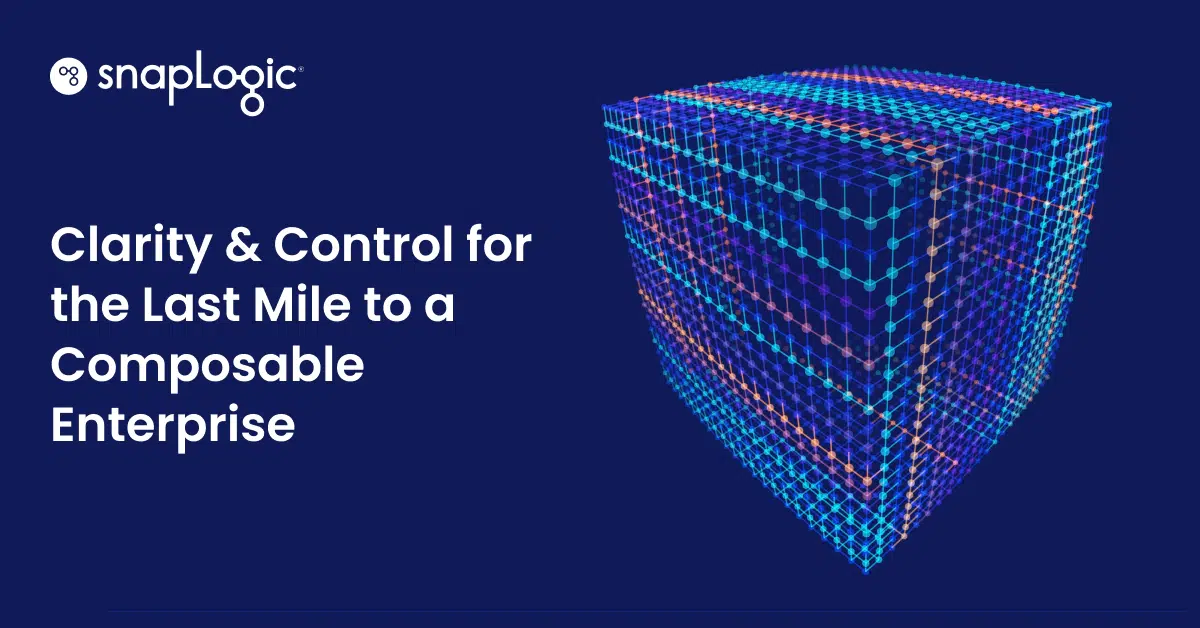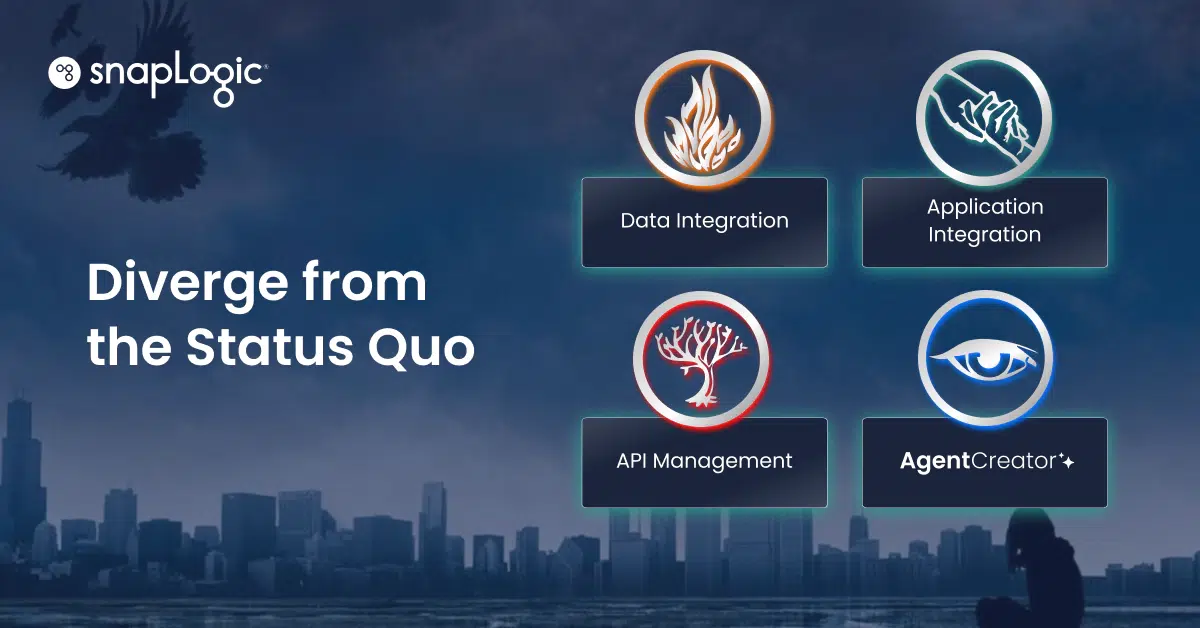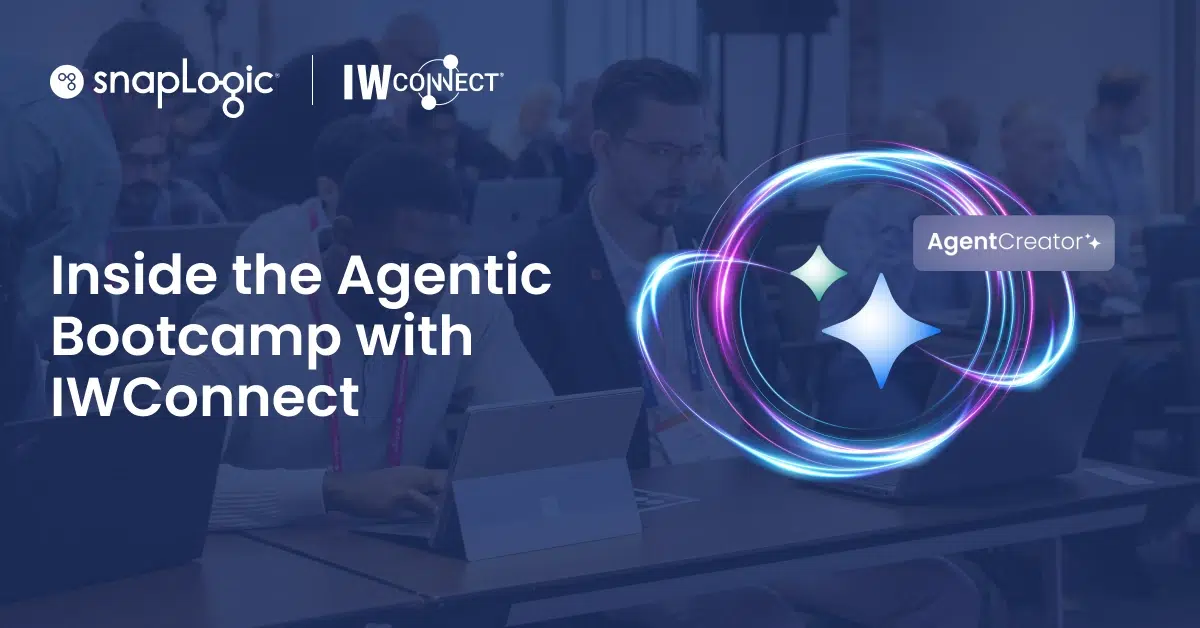Agentic Integration
Tips and Tricks
Join the agentic integration movement around the world and receive the SnapLogic Blog Newsletter.
Featured
Search Results
-

3 min read
Data Mastery and Real-Time Scale: Unlocking an Eight-Figure Revenue Opportunity
-

5 min read
The Predictable Project: A C-Suite Blueprint for De-Risking Construction With AI
-

10 min read
Best Business Workflow Automation Tools for Mid-Size Companies in 2025
-

5 min read
Cost Centre to Profit Engine: A C-Suite Guide to the Autonomous Supply Chain
-
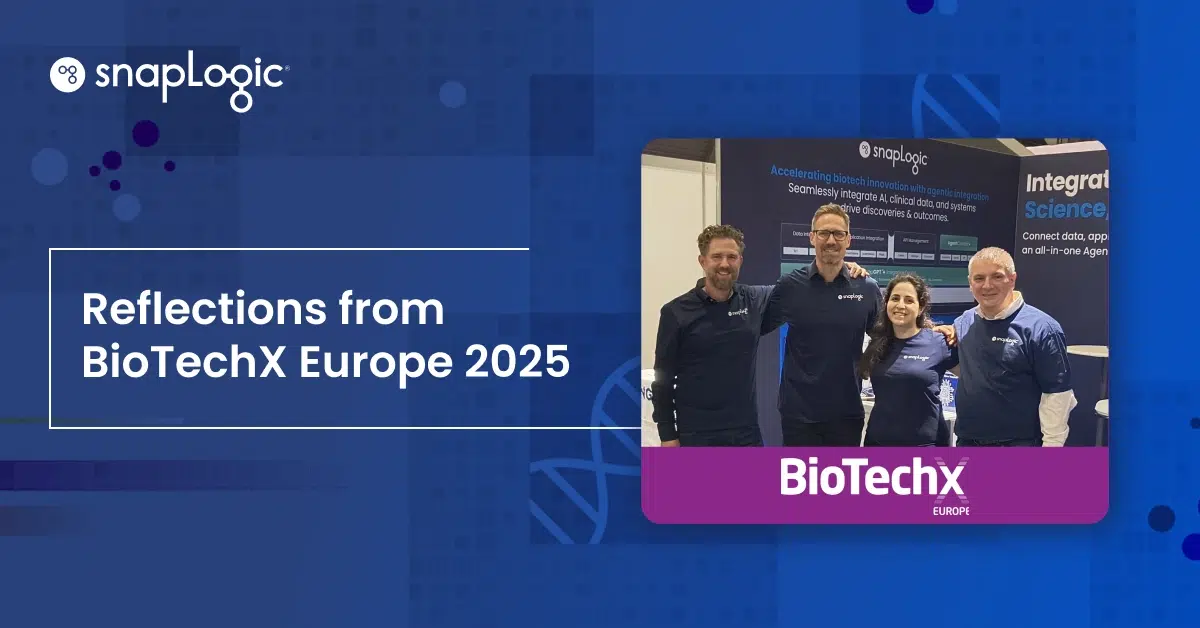
3 min read
AI Is in the Spotlight, but Data Does the Work: Lessons From BioTechX
-
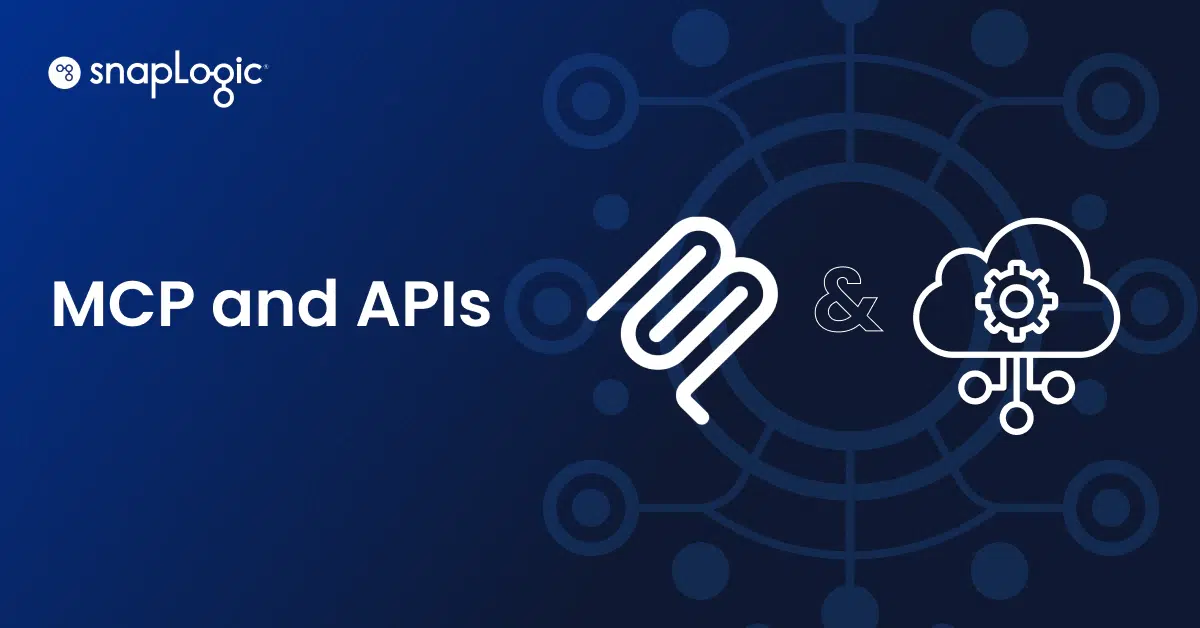
11 min read
MCP and APIs: The Future of Enterprise Integration
-

16 min read
Top Integration Platforms with Pre-Built Connectors: 2025 Buyer’s Guide
-

5 min read
The Future Is Agentic: Reflections and Learnings From Integreat 2025 San Francisco
-

5 min read
AI at Work 2025: How Employees Are Really Using AI, and What’s Holding Them Back
-

2 min read
The Truth About Pipeline Dependencies Part 2: Building Resilience Through Visibility
-

4 min read
Transforming Higher Ed IT with AI-Powered Automation: See SnapLogic at EDUCAUSE 2025
-

2 min read
The Truth About Pipeline Dependencies Part 1: Is Your Business at Risk?


















